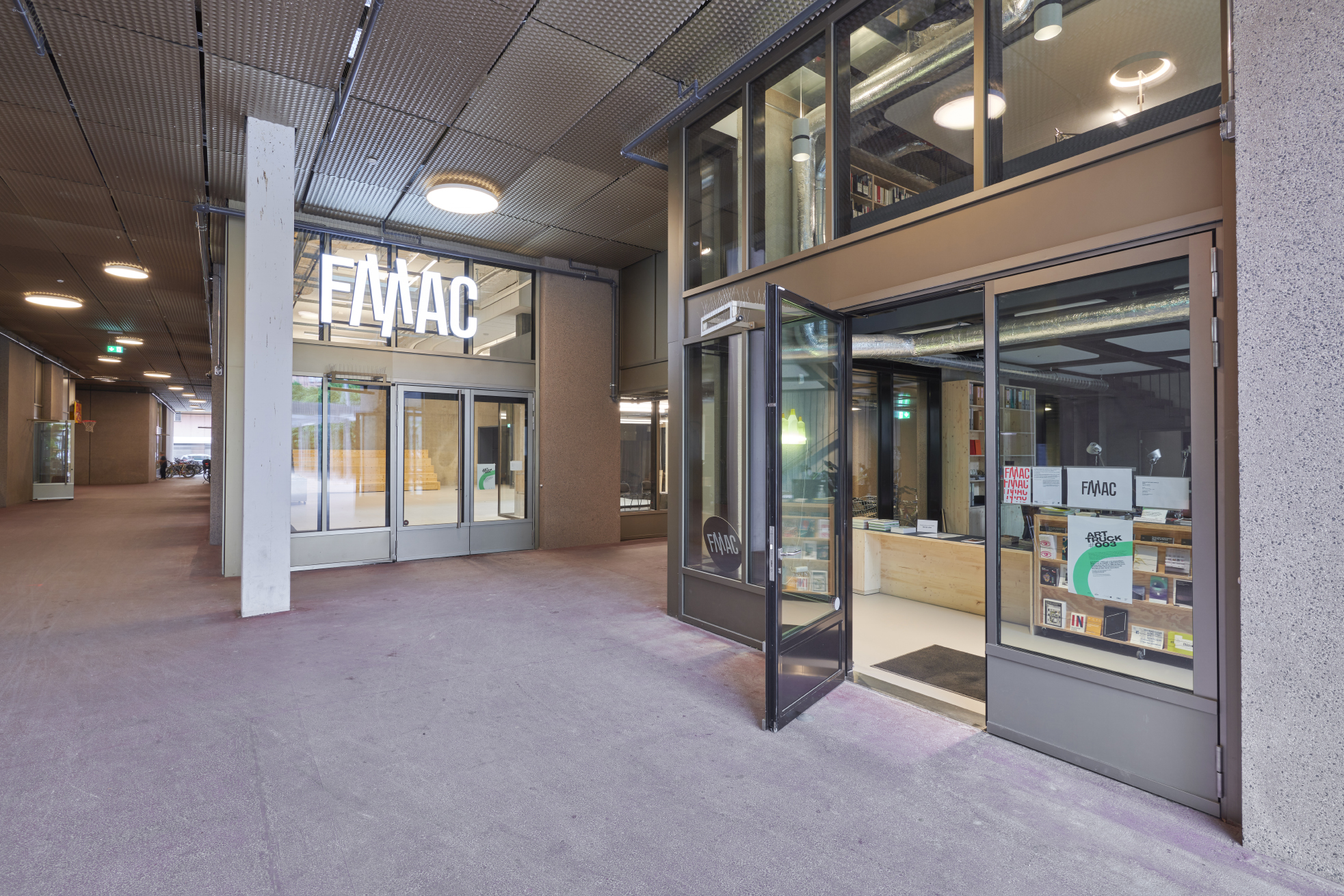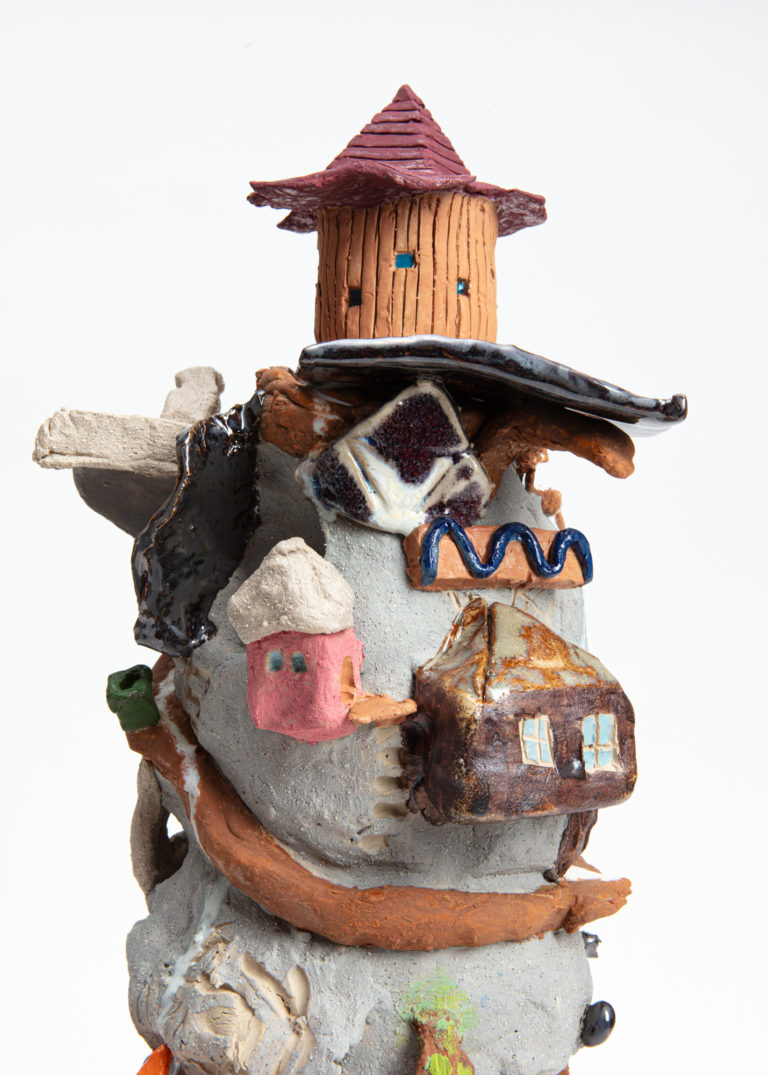
Wednesdays and Sundays, from 12 p.m. to 6 p.m.;
Every Wednesday at 3 p.m.: tour of the exhibition with a member of the FMAC team;
Every Sunday: a mediator will be present;
5, chemin du 23 Août – 1205 Geneva
T: +41 (0)22 418 45 30

